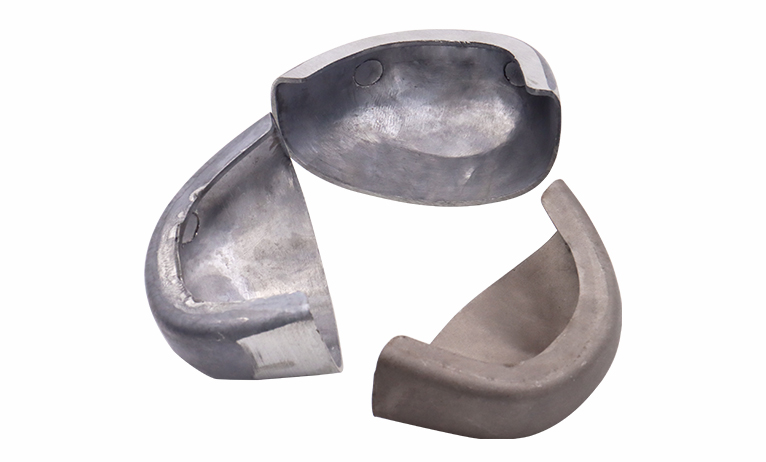Time to read: 6 min

Abstract:
In the realm of product development, the quest for precision and efficiency in prototyping is unending. Vacuum casting emerges as a formidable technique, complementing or even surpassing other methods like CNC machining and 3D printing. This article delves into the top reasons why vacuum casting is an excellent choice for rapid prototyping, guiding you through its process, advantages, and ideal applications.
Body:
Understanding Vacuum Casting
At its core, vacuum casting is a straightforward yet powerful process. It initiates with a master model crafted through high-resolution 3D printing or CNC machining. This model is then encapsulated in silicone, creating a mold that, once cured, is filled with a customer-selected polymer resin under vacuum conditions. This ensures bubble-free, accurate parts that can be rapidly produced and are suitable for a variety of applications, including pre-series prototyping and small-batch production.
Top Reasons to Employ Vacuum Casting for Prototyping
Quality that Rivals Production Standards
The exceptional surface finish and detail reproduction of vacuum casting make it a go-to for high-fidelity prototypes. These parts are so precise that they can mirror the quality of injection-molded components, provided the master model is of high quality.
Unparalleled Material Versatility
Vacuum casting offers a plethora of material options, allowing for the creation of prototypes with properties akin to commonly used thermoplastics. This versatility is invaluable for developing prototypes that require specific aesthetic and mechanical attributes.
Functionality for Comprehensive Testing
The accuracy and material range of vacuum casting make it ideal for functional and fit testing. Prototypes produced through this method can undergo rigorous validation processes, ensuring product viability before entering full-scale production.
Time Efficiency in Prototyping
Vacuum casting accelerates the prototyping timeline. Unlike traditional molding techniques requiring metal tooling, silicone molds for vacuum casting can be produced in a matter of days, not weeks, facilitating swift production of successive parts.
Cost-Effectiveness for High-Quality Output
Economical and energy-efficient, vacuum casting is a cost-saving solution for producing prototypes or small pre-series batches. The low cost of silicone molds and the process's scalability contribute to reduced per-part costs, especially when producing multiple copies.
Is Vacuum Casting the Right Solution for You?
Vacuum casting is particularly beneficial for creating a series of high-quality prototypes or small-batch manufacturing of end-use components. It is the go-to method for teams needing pre-launch prototypes for customer trials, marketing models, or functional prototypes that demand precision and detail.
Conclusion:
Vacuum casting stands out as a reliable rapid prototyping solution, offering a blend of quality, material choice, testing capabilities, time efficiency, and cost-effectiveness. Whether you're on a tight deadline or aiming for production-grade prototypes, this method is a strategic choice for advancing your product development journey.




